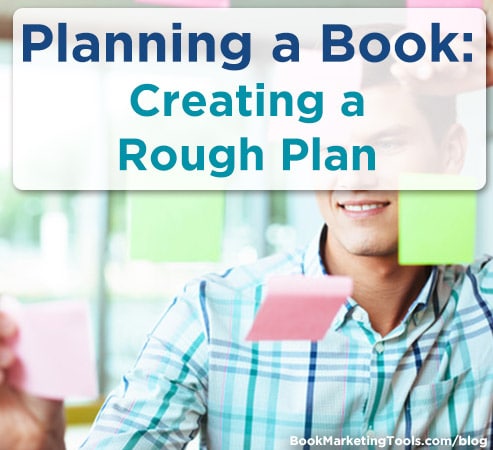A question I’ve been asked when people learn I’m a writer, is, “How do you even get started with writing a book? Where do you begin?”
Let me share my process with you!
Initial Idea to Rough Plan
You may already have an idea for a book. You may have some characters in mind and an outline of what happens, but personally, I need to have more than that fixed before I can start writing, otherwise I get myself tangled in knots and have vast amounts of editing ahead. So how to get from an idea to a skeleton outline?
There are common ‘key beats’ in a novel. These ‘beats’ are the skeleton of the book. They give structure and support to the plot and ensure the pace keeps moving.
Between the ‘beats’ are the ‘reactions’ – These are still parts of the plot but are often less of a discrete event and more how the characters are responding to what just happened, or setting up structure for something that’s about to happen.
Let me share the structure that I use. First comes the ‘beat’ and after each, a ‘reaction’.
(Beat)
Hook: What is different about today for the protagonist? What propels him or her into the book (and what grabs your reader’s attention)?
(Reaction)
Set-up and characterization: what makes the protagonist tick? How will they react to what just happened? Let the character develop. Hint at character flaws that will disadvantage the protagonist later, and strengths that will help him/her.
(Beat)
First turning point: this could be either a positive turn of events for the protagonist, or a negative. Whichever it is, it links in with what happens in the “reversal of fortune”.
(Reaction)
Build up: The pieces all move into position for the tale to be told. There might be more information about the hook, explaining why it happened. It’s also where you can prepare the ground for what happens later, where things start to go wrong for the antagonist – this could be either an internal or an external set-up: something inherent in the protagonist, or something the antagonist does.
(Beat)
Key event: the point of no return for the protagonist. Whatever they do at this point, there’s no going back.
(Reaction)
Reaction: the protagonist and antagonist battle to make headway and the protagonist has to deal with the fallout from the last beat. The nature of the conflict is explored; the protagonist is highly invested in the outcome of the conflict. There should be a feeling that the protagonist is winning.
(Beat)
Reversal of fortune: the antagonist has a major breakthrough. All looks lost for the protagonist.
(Reaction)
Recovery: the protagonist is left reeling after the last beat. His/her character and how they respond to this reversal should have been set up in “set-up and characterization”.
(Beat)
The tide turns: in the protagonist’s favour. The protagonist learns something vital to being able to overcome the antagonist.
(Reaction)
Final battle: the antagonist and protagonist battle it out. Only one can win. The protagonist is determined it will be them.
(Beat)
Protagonist wins! The reversal of fortune is resolved in the protagonist’s favor, their grit and determination have paid off.
Once I have that structure, I start fleshing it all out, making fuller notes on the characters and plot. I also make notes on the settings/locations of the book – what do the interiors of the characters’ houses look like? What jobs do they do? Which leads me to the other major aspect of planning a book…
Research
If I’ve decided that my main character is an architect, I may need to find out what kind of day an architect has! Are they busy in meetings much? Do they get out and about? How much do they earn?
Not only that, but some research on the locations might be needed as well as thinking about times for dawn/dusk and what kind of weather there might be at that time of year and in that place. I find it helpful to have done all this before I start writing, so that I’m not having to break off and look things up.
Writing!
Once all that preparation is in place, I get my backside in the chair and start writing! Things may change as I go along, but the general plan is there and I won’t need to break off to find out what kind of day an architect has or whether at 7pm in April it’s dark or light.
Amanda Fleet is the author of the thriller The Wrong Kind of Clouds. You can learn more about her and catch up with all her news at www.amandafleet.co.uk.

